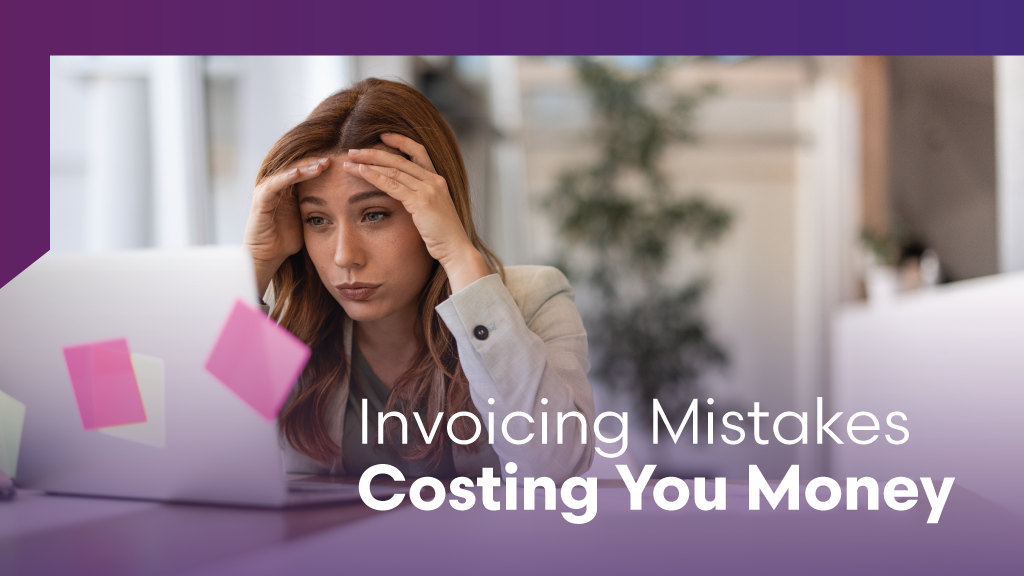
Startups represent the birthplace of innovation and future industry leaders. However, due to their inherent risks and uncertainties, evaluating a startup isn’t a simple process. Unlike established companies, startups often lack historical data, making traditional valuation methods less applicable. So how can one effectively evaluate a startup? Let’s dive into the key factors you should consider.
1. Understanding the Market
The startup’s market landscape is the first area to scrutinize. Determine the size of the total addressable market (TAM). If the TAM is large and growing, it suggests more opportunities for the startup to succeed. Similarly, understanding the market’s competitiveness is essential. A highly saturated market may pose significant challenges for a new entrant, whereas a market with fewer competitors can offer more room for growth.
2. Assessing the Business Model
Startups are often built on innovative business models that challenge the status quo. Assess how the startup plans to generate revenue, the cost structure, and the scalability of the model. Does it seem sustainable? Will it allow the company to grow while maintaining, or even improving, its profitability? A sound business model can indicate a higher likelihood of long-term success.
3. Evaluating the Product or Service
The product or service the startup offers is its lifeblood. It’s essential to understand its unique selling proposition (USP), which differentiates it from the competition. Moreover, consider the problem the startup’s product or service aims to solve. Is it a significant problem that many people face? Will the solution be compelling enough for customers to switch from their current solutions? Understanding the startup’s value proposition can provide insight into its potential for success.
4. Reviewing the Team
Behind every successful startup is a passionate and competent team. The founders’ and management’s background, experience, and skills are significant indicators of the startup’s potential. Are they experts in their industry? Do they possess strong leadership skills and entrepreneurial history? A strong team can often overcome challenges and steer the startup towards success.
5. Checking the Financial Health
While startups often burn through cash in their initial years, understanding their financial health is still critical. Review the startup’s burn rate, runway (how long the startup can continue operating at the current burn rate), revenue growth, and unit economics. While profitability might not be an immediate goal for most startups, they should demonstrate a clear path to profitability in the future.
6. Analyzing the Traction
Traction refers to the progress the startup has made since its inception. This could include user growth, revenue growth, partnerships, and more. Traction shows that the startup’s product or service is being accepted by the market, and it’s a strong signal of potential future success.
7. Legal and Compliance Check
It’s critical to ensure that the startup has all the necessary permits, licenses, and is in compliance with all relevant regulations. Any legal issues could lead to significant problems down the line.
8. Risk Assessment
Evaluating a startup is incomplete without a thorough risk assessment. Consider the various operational, financial, and industry risks that the startup might face. How prepared is the startup to deal with these risks?
9. Exit Strategy
Finally, understanding the startup’s exit strategy is crucial. An exit strategy could be an initial public offering (IPO), acquisition, or merger. This gives investors an idea of how and when they might expect a return on their investment.
In conclusion, evaluating a startup requires a comprehensive understanding of several key factors, from the market landscape and business model to the team’s competencies and the startup’s financial health. Each startup is unique and may require additional considerations based on the industry and other specifics. Remember, investing in startups is inherently risky, and it’s crucial to diversify your investment portfolio to balance this risk. An informed approach to evaluating startups will empower you to make the best decisions for your financial future.











